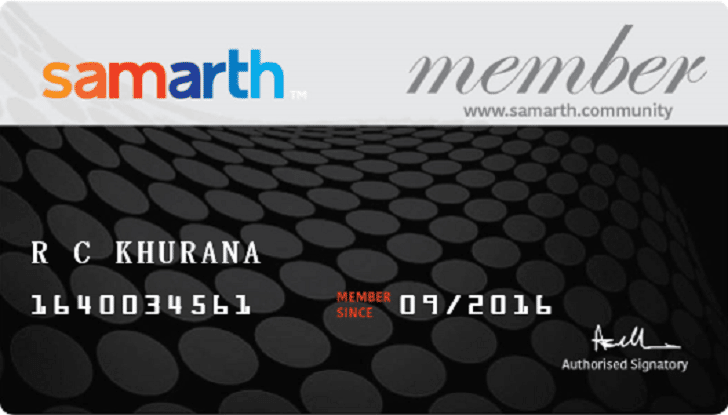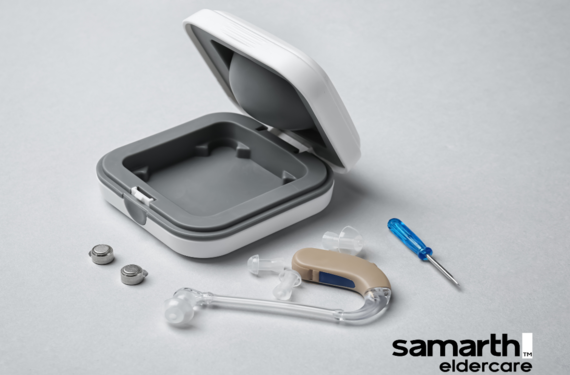One of the biggest fears of aging is losing mobility and independence. For those having aging-related hearing loss, this can be a big challenge. Thankfully, hearing aids come to the rescue. They help seniors with hearing loss to move around independently. And unlike earlier days, technological advances have made it possible to have hearing aids that don’t stand out, are highly effective, and are easy to use and maintain. All hearing aid have four parts, namely, a microphone, a processor, a receiver, and a power source. All the parts have enhanced functioning because of the advanced technologies. These improved devices are helping to change mindsets to improve acceptance of hearing aid usage as they see the immense benefits.
Let’s understand what these latest technologies used in hearing aid are..
Customized Frequency Response

Join Now >
Hearing loss is not the same for every individual. It can be low, mid, high, or a combination of these frequencies. The hearing aid usually process the sounds to amplify them so you can hear better. Depending on your specific issue, hearing aids can be customised to amplify only those sounds in the bands that you have a problem hearing. This customisation of hearing aids is called frequency response. It is made possible only due to cutting-edge sound processing technologies.
Bluetooth Connectivity
Most modern hearing aids integrate Bluetooth connectivity features. Therefore, people can sync their hearing aids with Bluetooth-enabled devices such as smartphones, tablets, etc. This feature directly streams audio to the hearing devices for better hearing. It is most useful when there is a need to listen to something without disturbing others, while on travel, etc. Such audio is disturbance-free as it goes directly to the hearing aid without the microphone conversion coming into the picture.
Artificial Intelligence (AI)
We have just learned about the benefits of AI through last week’s articles. This technology can enhance the hearing aid experience also. Some premium aids come with AI-powered features such as automatic volume control and learning the user preferences for specific sound environments to make necessary settings changes. Such features detect and process sounds like your brain does for a better hearing experience.
Rechargeable Batteries
Rechargeable batteries are a big blessing for those using hearing aids. The charging can last a day or two. It’s very convenient to charge the hearing aids overnight, eliminating the need to keep changing the batteries often.
Two-Dimensional Audio
How about speaking with your hearing aids during a telephonic conversation to have a hands-free call, say, while you are driving? The latest technologies enable this by having two-dimensional sound processing in hearing aids. So, you don’t need your phone to talk once you have synced your hearing aid and phone. Advanced microphones in hearing aids are also making it possible to reduce background noises for better hearing experiences.
Other Options
Apart from this, some of the latest hearing aids are even water-proof. If you have a tinnitus problem, they come with masking features to reduce the ringing sounds in your ears. Digital noise reduction, impulse noise reduction, wind noise reduction, etc., are a few other noise reduction features available in these modern gadgets. Data logging to understand the usage and preferences and remote programming to adjust the settings also exist. These features eliminate the need for frequent visits to the audiologist and are also available on a few advanced devices.
Together, these technological advances have helped create hearing devices that can improve hearing and ensure great experiences for users. Even the designs are great and discrete, so people feel comfortable using them. The best part is that the hearing aids have incorporated the technologies to ensure the interconnectedness of devices for a seamless hearing experience. If you have been putting off a visit to your audiologist, perhaps, it’s time you made that trip and checked out the options.









